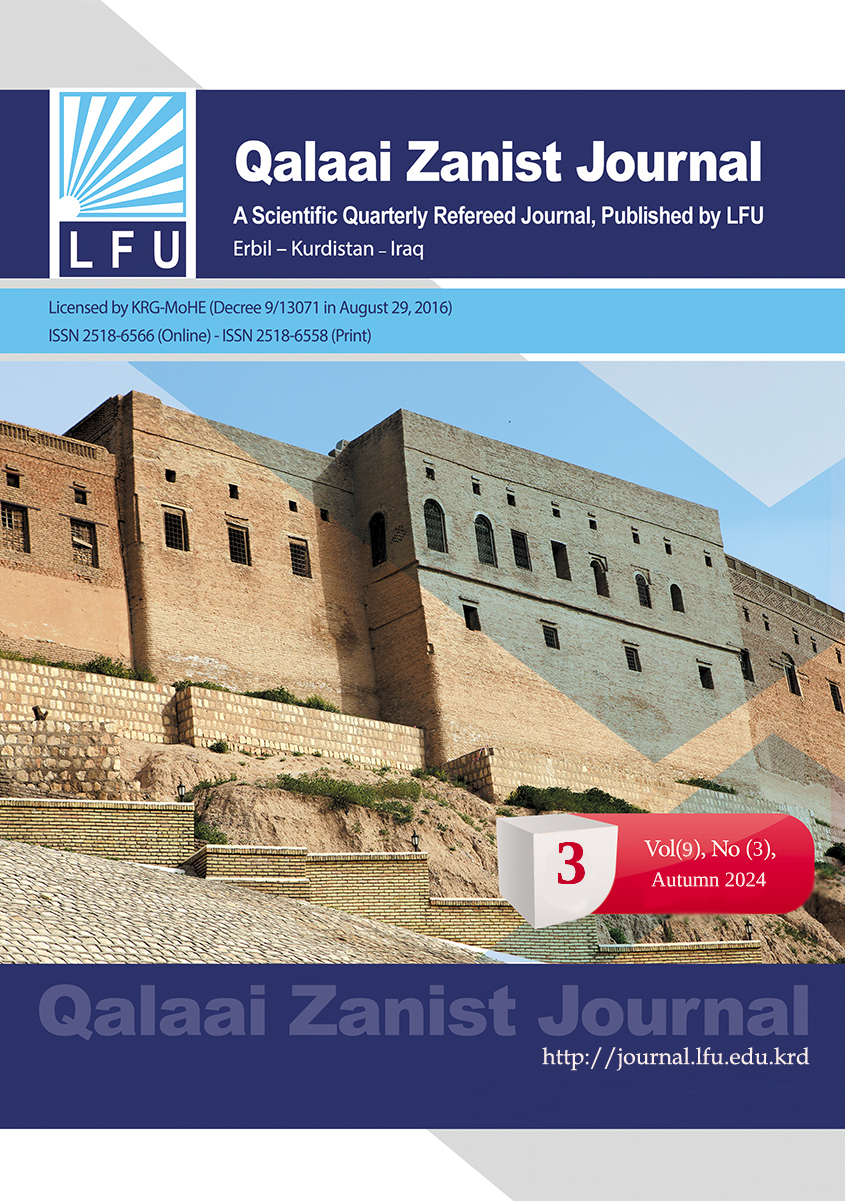Analyzing Iran's role in the Syrian crisis on the basis of neo-realism
##plugins.themes.bootstrap3.article.main##
Abstract
Starting from the new realistic foundations, the focus of this research is on the role of Iran in the Syrian crisis as it is a complex and a long-term issue, and the balance of international and regional forces had an effective role in its perpetuation and its continuity for a long time, as every state participating in the issue seeks to achieve its interests, and taking into consideration those conflicting interests cannot be achieved without The existence of some concessions between the conflicting parties, and accordingly all initiatives failed to resolve the issue. Iran, like other countries with interests in the issue, tried to maintain the balance of its power and authority in the region, and for a more accurate statement and understanding of Iran’s role in the issue, the study relies on the new realist foundations, meaning the use of offensive realism to enhance its position in the Middle East and defensive realism to ward off danger from itself. This is based on soft and hard powers and economic and military means, as it has always tried to maintain its close relationship with the Lebanese Hezbollah, taking advantage of its proximity to the Israeli borders to use it to maintain the balance of power and strength in the region and reduce pressure and pressure on itself, in addition to establishing a defensive axis to serve its goals and interests. After the collapse of the Baathist regime in Iraq and the apocalypse of the Syrian crisis, it had good opportunities through which it could strengthen its position in the Middle East, which made it largely successful.
Downloads
##plugins.themes.bootstrap3.article.details##
How to Cite
Copyright (c) 2024 Salih Omar Issa، Ahmed Abdulkarim Ahmed

This work is licensed under a Creative Commons Attribution 4.0 International License.

